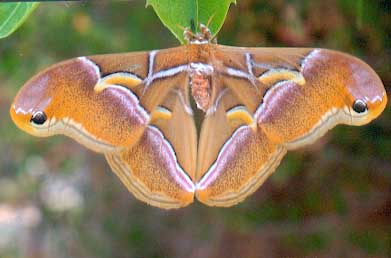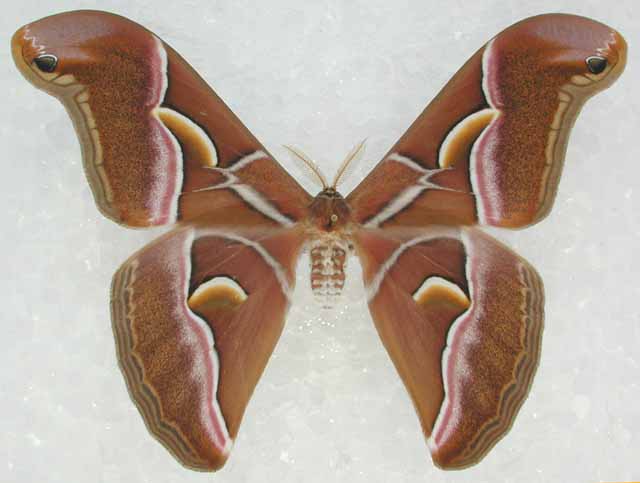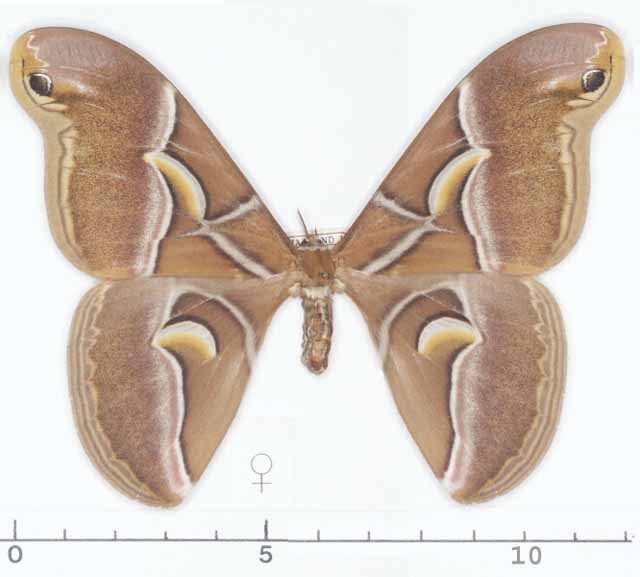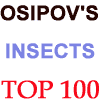Samia canningi
(Hutton, 1860)
(Saturnia)

Samia canningi female, Asia, courtesy of Leroy Simon
TAXONOMY:Superfamily: Bombycoidea, Latreille, 1802 |
"Asian Spring Blossoms" |
|
|
Updated as per Moths of Thailand, Volume One, Saturniidae, Pinratana and Lampe, March 3, 2009 Updated as per personal communication with Ron Brechlin, as presented in Entomo-Satsphingia for Bhutan; July 20, 2009 Updated as per personal communication with Sonam Dorji (Gedu, Chukha District, Bhutan, September, 2012, 800m); December 7, 2012 |

TAXONOMY:Superfamily: Bombycoidea, Latreille, 1802 |
"Asian Spring Blossoms" |

Samia canningi male, Gedu, Chukha District, Bhutan,
September 2012, 800m, courtesy of Sonam Dorji.


Samia canningi female, Thailand, July, 2008,
courtesy of Robert Vuattoux.
The postmedial line is curved with the crescents touching or pushing through between the two main curves. The pinkish white scaling outside the postmedial line does not trace the veins outwardly.

They have been reared on Lagerstroemia indica (crepemyrtle) and Tilia cordata (littleleaf linden). This species probably broods continuously. There are records from Thailand for August, September and October.

Samia canningi female, courtesy of Ulrich Paukstadt.

Samia canningi
, female,
courtesy of Mark Lasko, id by Stefan Naumann
Larvae
resemble those of other Samia species, being covered with a
fine white powder and having fleshy protuberances. |
 |
Ailanthus altissima...... | Ailanthus |
Return to Samia genus
Goto Asian Pacific Saturniidae Directory
Goto Indo Eastern European Saturniidae Directory

|
 Support this website and visit other insect sites by clicking flashing butterfly links to left or right. |

|
Use your browser "Back" button to return to the previous page.
On my home computer only: notes on Saturniidae of Bhutan by Ronald Brechlin (in English) as published in Entomo-Satsphingia 2 (1): 47 – 55 (March 2009)
The actual hardcopy editions of Entomo-Satsphingia may be purchased via the link to the left.